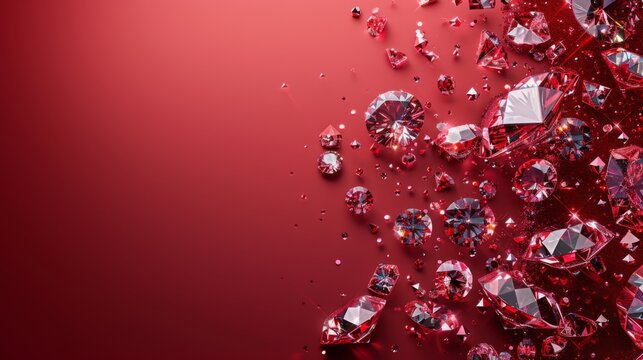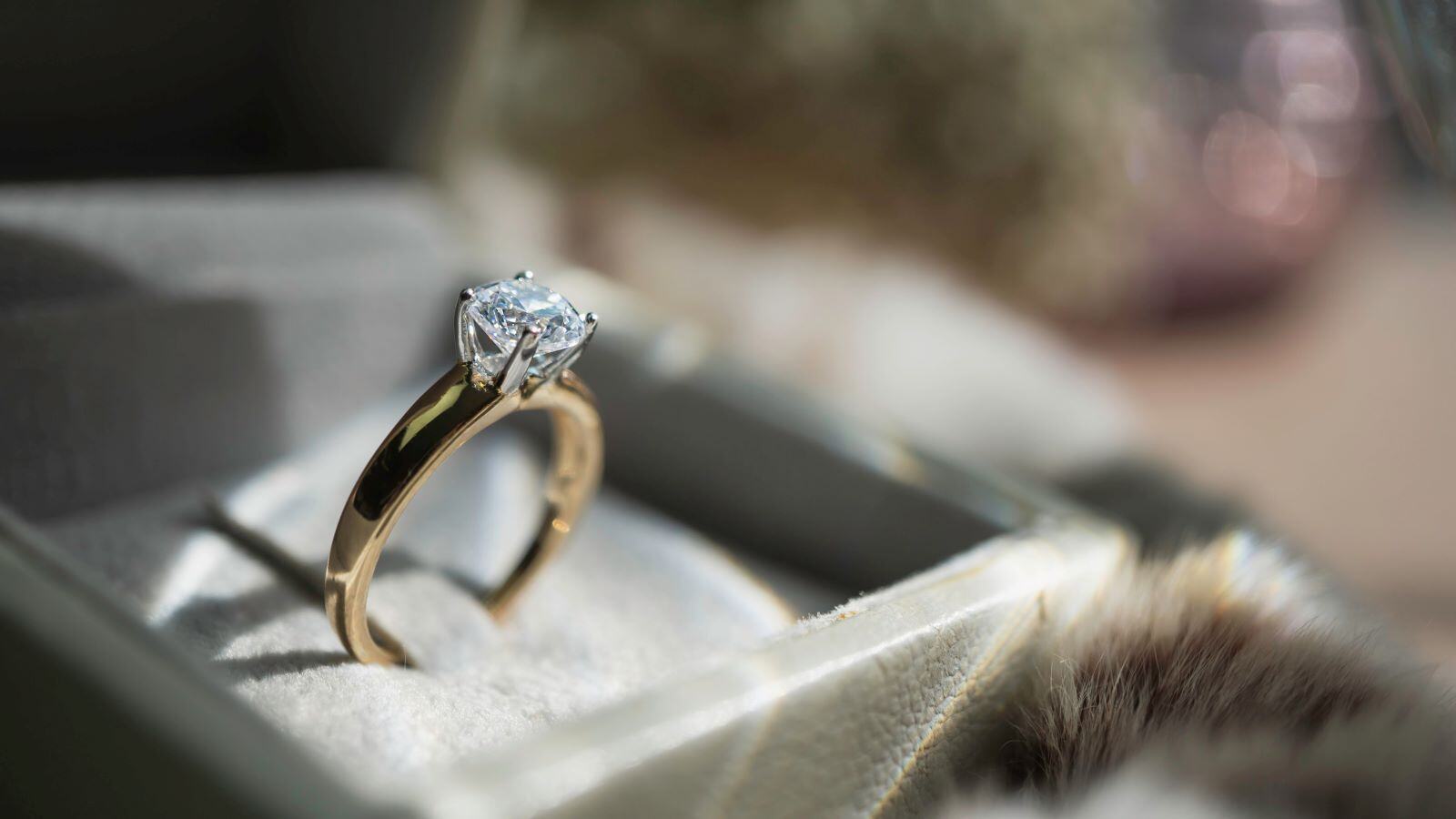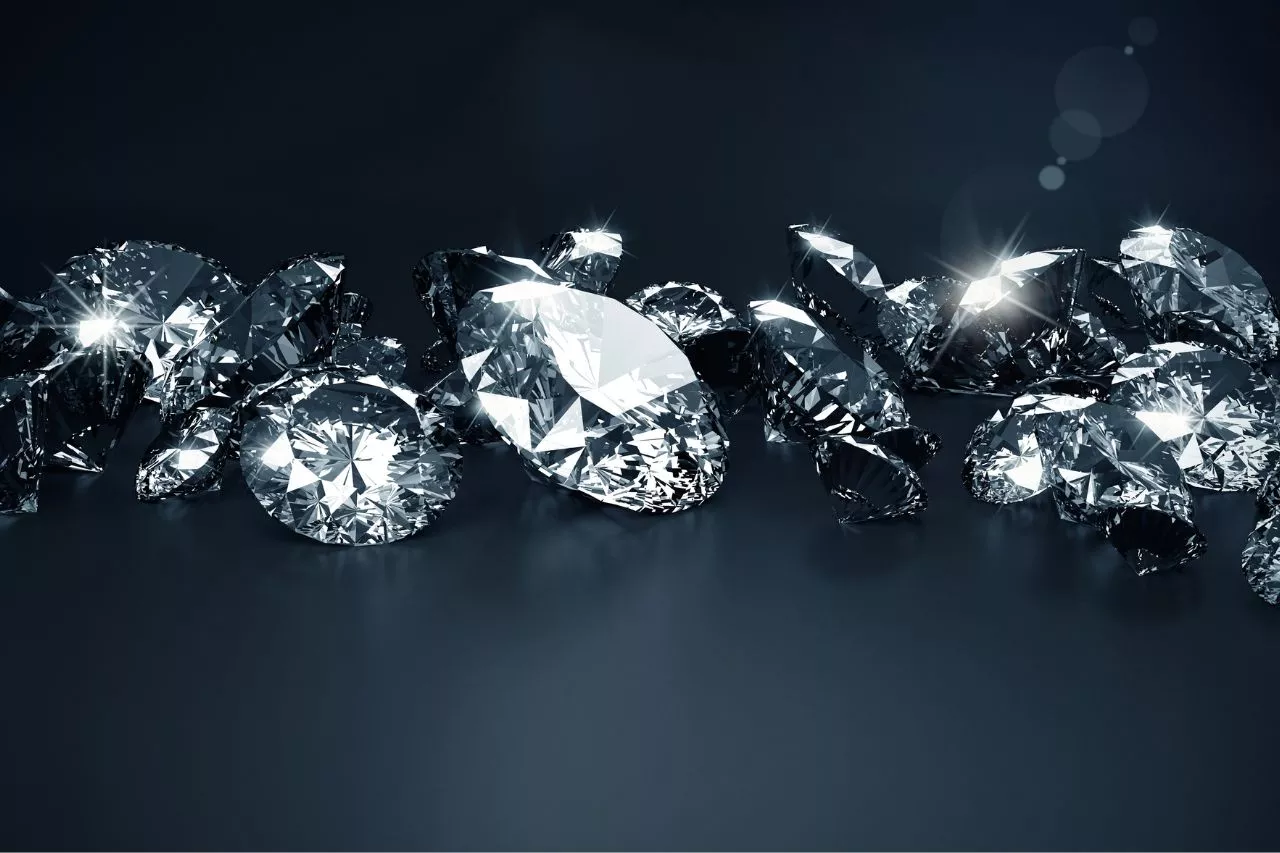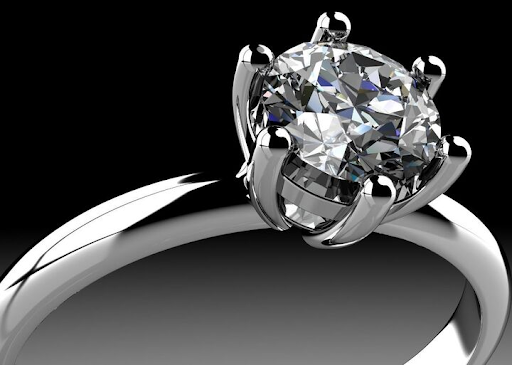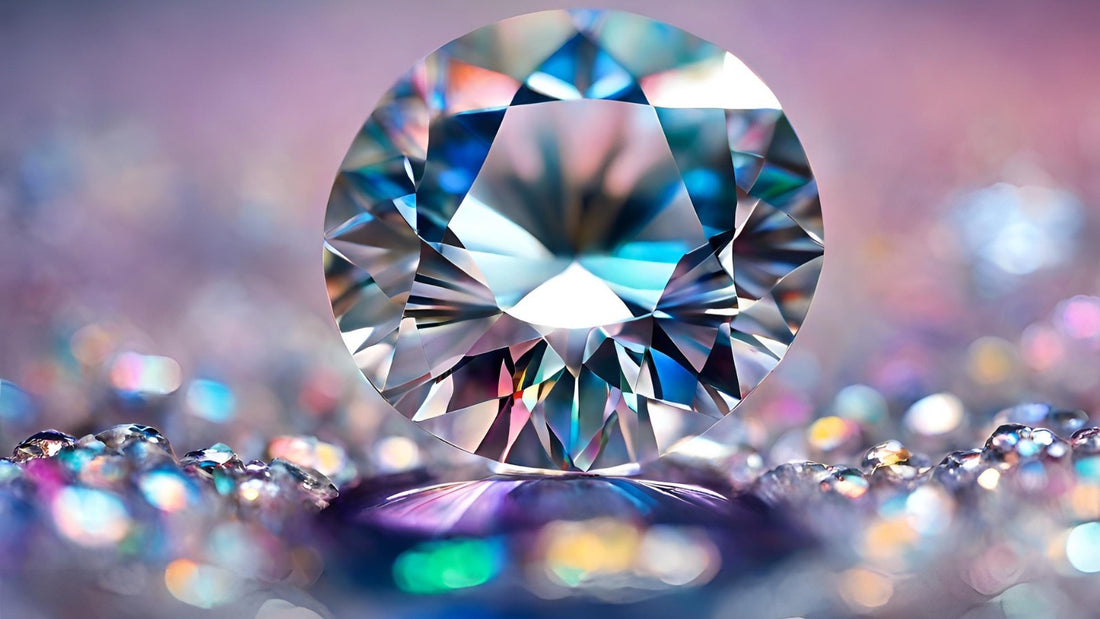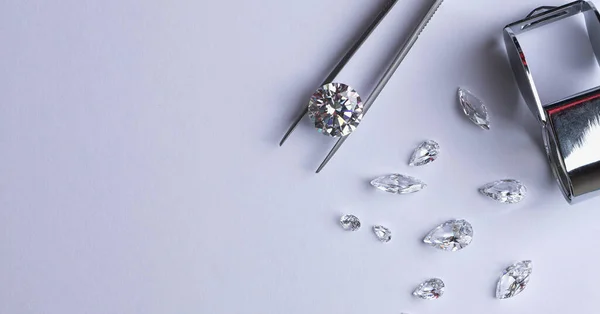
From Lab to Ring: The Journey of Lab-Grown Diamonds
Lab-grown diamonds are making waves in the jewelry world, and for good reason! They offer a unique blend of beauty, affordability, and ethical considerations that are hard to beat. In this comprehensive guide, we’ll dive deep into what lab grown diamonds guides are, how they’re made, why they’re becoming so popular, and everything else you need to know to make an informed purchase.
What Are Lab-Grown Diamonds?
Lab-grown diamonds, also known as synthetic or cultured diamonds, are real diamonds created in controlled laboratory environments. They share the same physical and chemical properties as natural diamonds, meaning they look and sparkle just like the real deal. The key difference? They’re created in a fraction of the time and at a significantly lower cost.
The Process of Creating Lab-Grown Diamonds
Creating lab-grown diamonds involves sophisticated technology and techniques that mimic the natural diamond formation process. There are two primary methods used to create these stunning gems:
Chemical Vapor Deposition (CVD)
In the CVD process, a diamond seed is placed in a chamber filled with carbon-rich gas. This gas is heated, allowing the carbon atoms to deposit onto the seed, layer by layer. Over time, these layers build up, forming a diamond.
High Pressure High Temperature (HPHT)
The HPHT method simulates the intense heat and pressure found deep within the Earth’s mantle. A diamond seed is placed in a chamber with carbon and subjected to high pressure and temperature. This environment allows the carbon to crystallize into a diamond.
Lab-Grown vs. Natural Diamonds: What’s the Difference?
When shopping for diamonds, it’s crucial to understand the differences between lab-grown and natural diamonds.
Cost Comparison
One of the biggest advantages of lab-grown diamonds is their cost. They typically cost 20-40% less than natural diamonds, making them a budget-friendly option for those looking to buy stunning jewelry without breaking the bank.
Environmental Impact
Lab-grown diamonds have a significantly lower environmental impact compared to traditional mining. The diamond mining industry is notorious for its ecological footprint, while lab-grown diamonds require far fewer resources and cause less disruption to the environment.
Ethical Considerations
In recent years, consumers have become more aware of ethical issues surrounding diamond mining, including conflict diamonds. Lab-grown diamonds eliminate these concerns, providing a guilt-free purchase option.
Choosing the Right Lab-Grown Diamond
So, how do you choose the perfect lab-grown diamond? Here are some tips to keep in mind.
Understanding the 4Cs
Diamonds are graded based on the 4Cs: cut, color, clarity, and carat weight. Let’s break these down:
Cut
The cut of a diamond affects its sparkle and brilliance. A well-cut diamond reflects light beautifully, enhancing its overall appearance.
Color
Diamonds are graded on a scale from D (colorless) to Z (light yellow). Most lab-grown diamonds fall between G and J, offering a near-colorless appearance.
Clarity
Clarity refers to the presence of inclusions or blemishes in a diamond. Lab-grown diamonds often have fewer inclusions compared to natural diamonds, making them a clearer choice.
Carat Weight
Carat weight measures the size of the diamond. Choose a carat weight that fits your budget and personal preference.
Shape and Style Options
Lab-grown diamonds come in various shapes, including round, princess, and oval. Think about your personal style and the type of jewelry you’re interested in when selecting a shape.
Where to Buy Lab-Grown Diamonds
When it comes to purchasing a lab-grown diamond, you have several options:
Online Retailers
Many online jewelers specialize in lab diamonds, offering competitive prices and a wide selection. Websites like James Allen and Brilliant Earth provide detailed information and high-quality images to help you make your choice.
Local Jewelers
Don’t overlook local jewelers! Many brick-and-mortar stores now offer lab-grown options. Visiting a store allows you to see the diamonds in person and ask questions directly.
Caring for Your Lab-Grown Diamond
To keep your lab-grown diamond sparkling, regular cleaning is essential. Use a gentle soap solution and a soft brush to clean your diamond, or take it to a jeweler for professional cleaning. Avoid exposing your diamond to harsh chemicals, which can dull its brilliance.
Common Myths About Lab-Grown Diamonds
Despite their rising popularity, several myths persist about lab-grown diamonds. Here are a few misconceptions debunked:
- “Lab-grown diamonds aren’t real.”
Lab-grown diamonds are real diamonds—they just come from a lab instead of the Earth. - “They’re inferior to natural diamonds.”
Lab-grown diamonds possess the same properties as natural diamonds and often have fewer inclusions. - “Lab-grown diamonds lack value.”
While they’re typically less expensive, lab-grown diamonds still retain value and can be appraised just like natural diamonds.
The Future of Lab-Grown Diamonds
As technology advances and awareness grows, the popularity of lab-grown diamonds continues to rise. The jewelry market is shifting, with more consumers opting for ethical and affordable options.
Trends in the Jewelry Market
Expect to see more creative designs and styles featuring lab-grown diamonds. From engagement rings to unique fashion pieces, the possibilities are endless!
Conclusion: Why Choose Lab-Grown Diamonds?
In summary, lab-grown diamonds offer a brilliant combination of beauty, ethics, and affordability. Whether you’re shopping for an engagement ring, a gift, or simply treating yourself, lab-grown diamonds are a fantastic choice. With their environmental benefits and ethical appeal, they represent the future of jewelry. So why not make a sparkling choice today?


